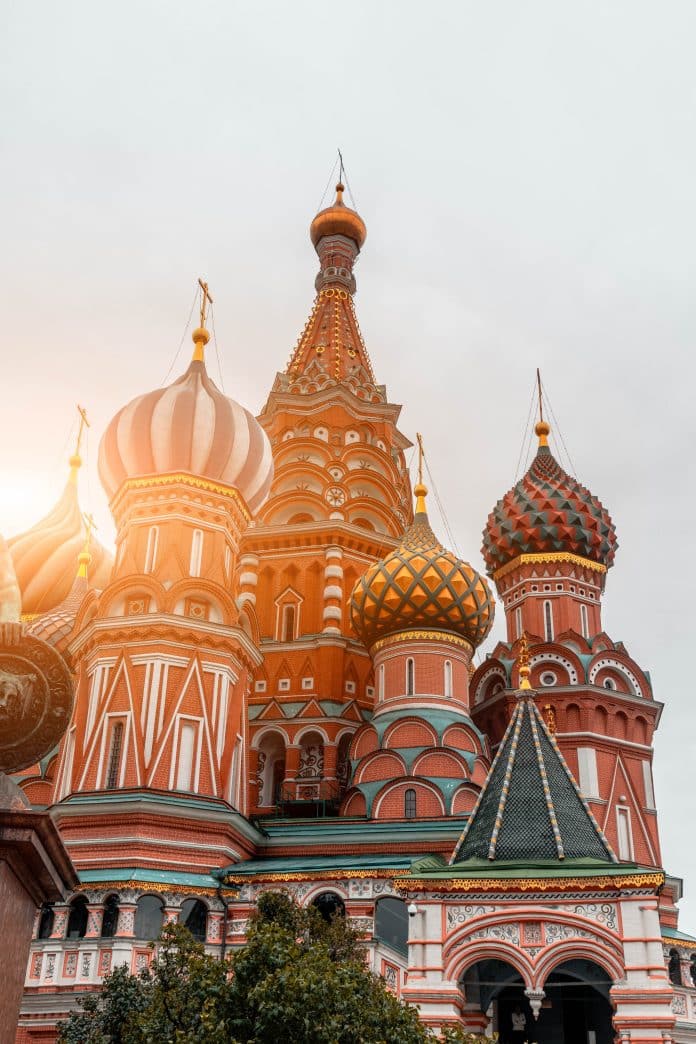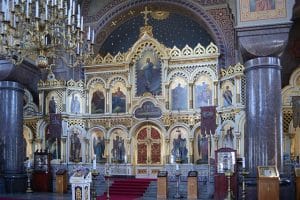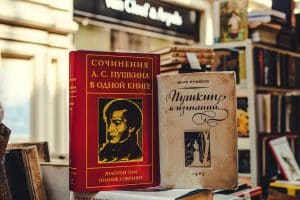
Russian is one of four living East Slavic languages and has over 258 million total speakers worldwide. It is the most spoken Slavic language, and the most spoken native language in Europe. June 6th is Russian language day.
Russian Language Day was established by UNESCO in order to celebrate cultural diversity and multilingualism, as well as promoting equal use of all of the six official working languages of the UN throughout the organization. In 2010, the United Nations created language days for each of their six official languages: Arabic, Chinese, English, French, Russian, and Spanish.

Russian Language Day provides a focus for cultural events, readings, plays and music. It also coincides with the birthday of Alexsandr Pushkin (1799-1837), whose genius spanned novels, drama, poetry, and much more. Pushkin was exceptional for not only writing about life as it was known, something unusual at the time, but also credited for writing in the Russian that was spoken by the people, rather than the more formal style that was prevalent in writing at the time.
There are around 258 million Russian speakers in the world. However, this estimate is likely to be rather high because it factors in many populations that are ancestrally Russian, but they might not speak the language anymore. If you were to only count only native speakers, there are roughly 154 million.
Russian in the Nordic countries

Creative Commons Attribution-Share Alike 3.0
Both Norway and Finland share land borders with Russia, though Norway’s is significantly smaller at under 124 miles, compared to Finland’s 800-mile border. More than 80,000 people who speak Russian as their mother tongue live in Finland, of which thirty thousand are Russian citizens or dual citizens. There are also plenty of Russian speakers among those who came from Ukraine, the Baltics or Inger. Over 6,000 Russians moved to Finland last year – the highest number in 30 years. Since the 90s, fewer than 3,100 Russians have moved there per year. Not even in 1991, when the Soviet Union dissolved, did so many Russians move to Finland. At that time, 5,515 people moved from the Soviet Union to Finland, statistics show.

Five facts about the Russian language:
English words of Russian origin include bolshevik, cosmonaut, mammoth, pogrom, samovar, sputnik, taiga, tsar, ushanka and vodka.
Russian names consist of a first name, a family name, and a patronymic name, which is the father’s name plus the ending -ovich for a son and -ovna for a daughter. This means ‘son of’ and ‘daughter of’.
The Cyrillic alphabet is closely based on the Greek alphabet, with about a dozen additional letters invented to represent Slavic sounds.
Along with English, Russian is the language of space. Astronauts have to learn Russian as part of their training and the computer system of the ISS uses both English and Russian.
The Russian language has more expressions for shades of blue than most other languages. It splits the descriptions into light and dark shades.





